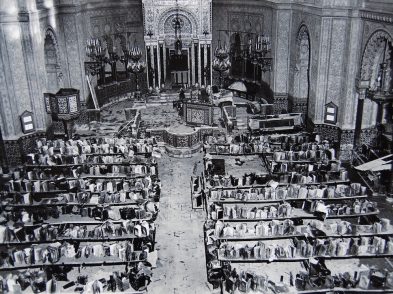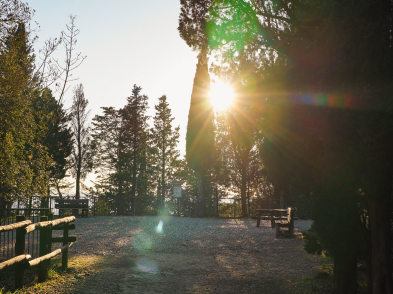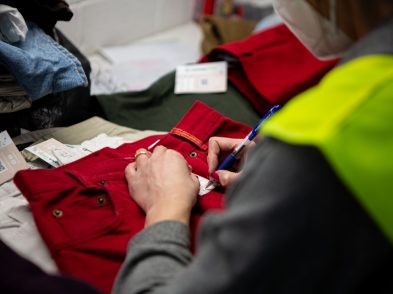When I began my life in Florence as a student, many years ago, I was baffled by what seemed to me to be unpronounceable and illogical street names. Via Calzaioli just would not roll off my tongue, nor could I remember the word until some months later, when I needed a shoemaker (calzaiolo) and it clicked.
I still navigate pretty much by visual memory (cardinal directions and street names being concepts I just don’t grasp), but every once and a while I look up at a sign and find the nomenclature of the topography to be rather interesting. No offense to New York or Chicago with their orderly numbers and easts and wests, but it is much more fun when the names of the streets change at every corner and are steeped in two millennia of history.
A few years ago, my Italian grandfather-in-law rewarded my love of this city by handing down to me five red tomes called Le Strade di Firenze (‘The Streets of Florence’), compiled in the 1970s by a proud and opinionated duo, Pietro Bargellini and Ennio Guarnieri. The 2,000 or so pages were sold in fascicoli for 2,500 lire each, a major investment. This encyclopedia of street names and their origins makes for surprisingly good reading.
Already in the fifteenth century, if you walked down the street that runs between Piazza Duomo and Piazza della Signoria you could have purchased men’s fashions from the calzaioli, artisans who made those funky multi-colored men’s leggings with leather soles. Back in the earlier middle ages, the street was briefly named via dei Caciaioli for cheese vendors, and again via dei Bandierai for the flag-makers. The descriptive naming of streets for the artisans who operated there was typical of medieval Florence, though the equally typical tradition of changing streets’ denominations means that few relics remain from this period.
A cross-street of the legging-makers’ at the level of Orsanmichele still bears the name via dei Cimatori, named for those whose job it was to put the finishing touches on rough imported cloth, a skill that was dominated by the Florentines until the late fifteenth century. In fact, the whole area of Santa Croce echoes of the process of cloth production for which Florentines were renowned throughout Europe. As you might imagine, the tintori-dyers-were not far off: both corso dei Tintori and via dei Vagellai are named for them (vagellai is a bastardization of a Latin word for the big cauldron used to heat up water for dying). These streets were necessarily near the Arno, as is via dei Saponai (sapone = soap), where cloth was washed. And all of these were conveniently located close to the Calimala, the street named after the wool guild, which exported the final product. The irregular layout of the Santa Croce area and these street names are the only daily reminders we have of this important trade upon which Florence’s wealth was built.







